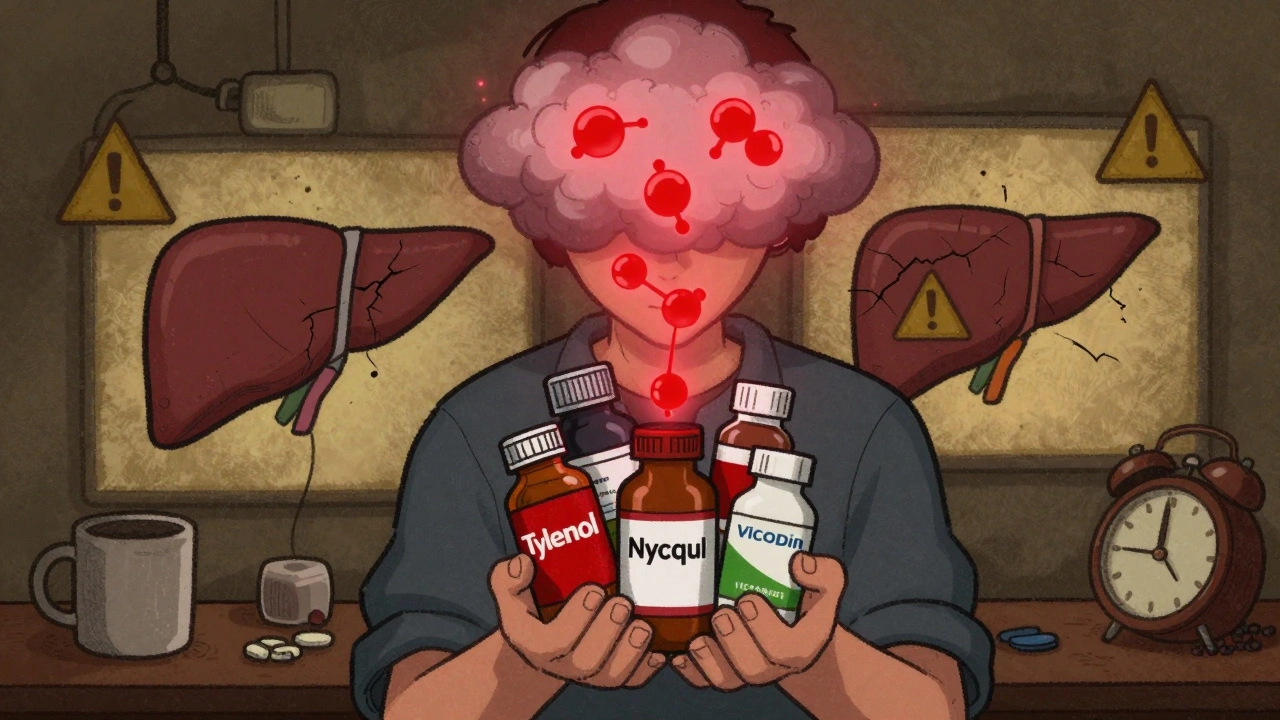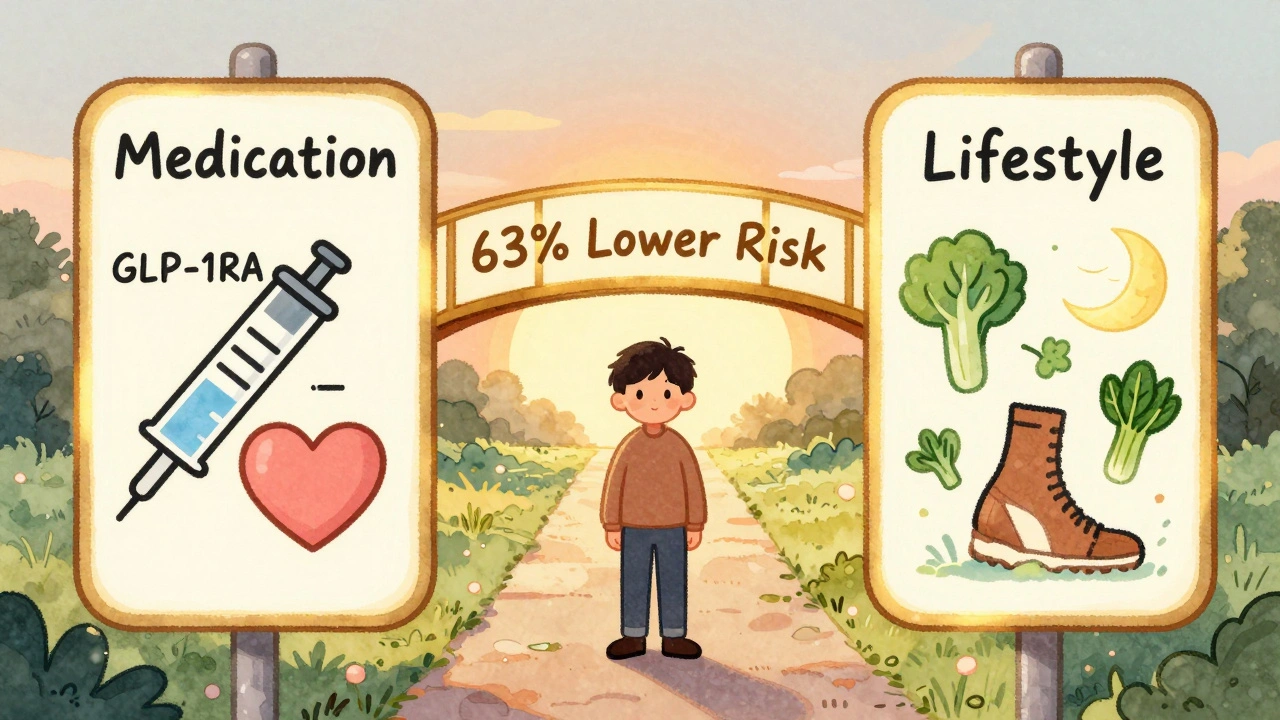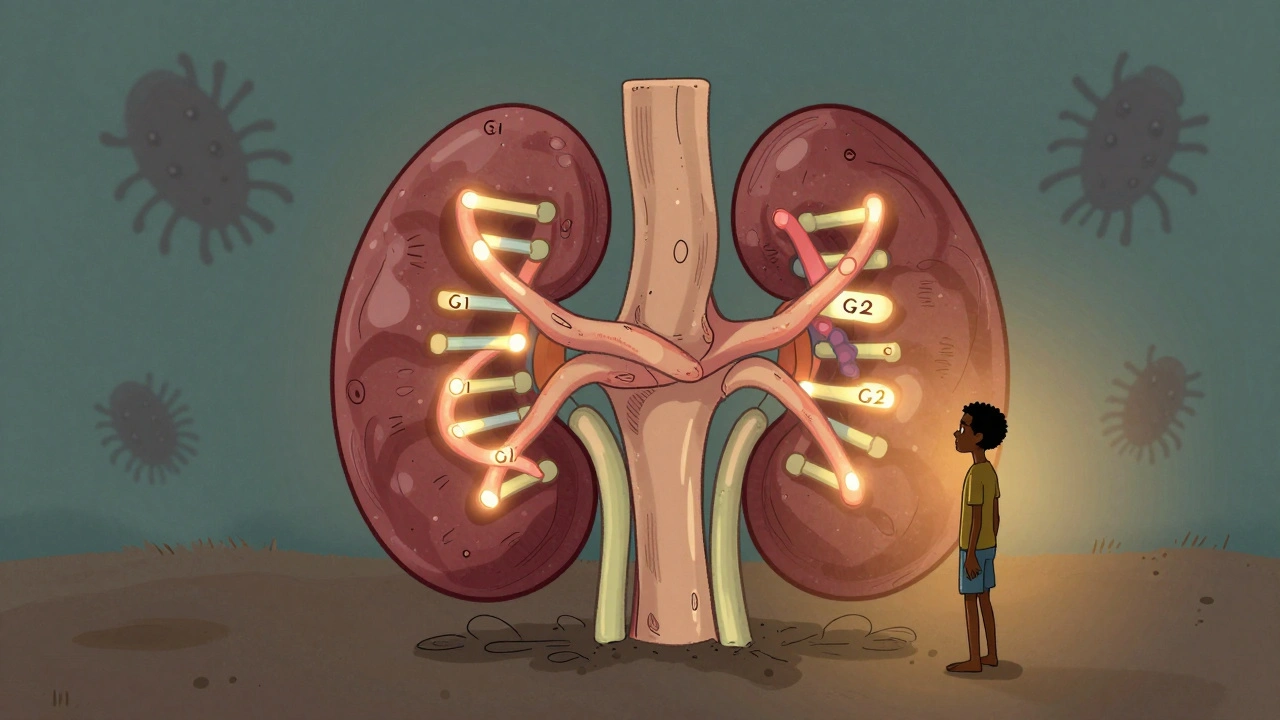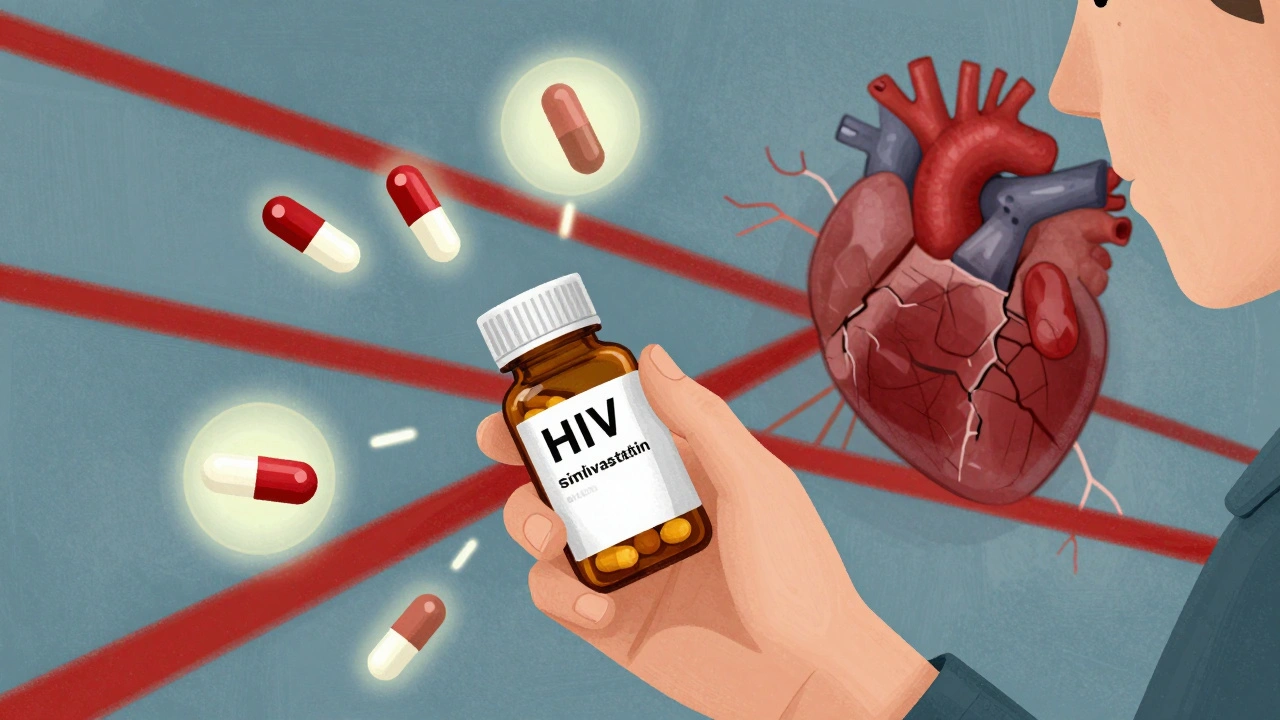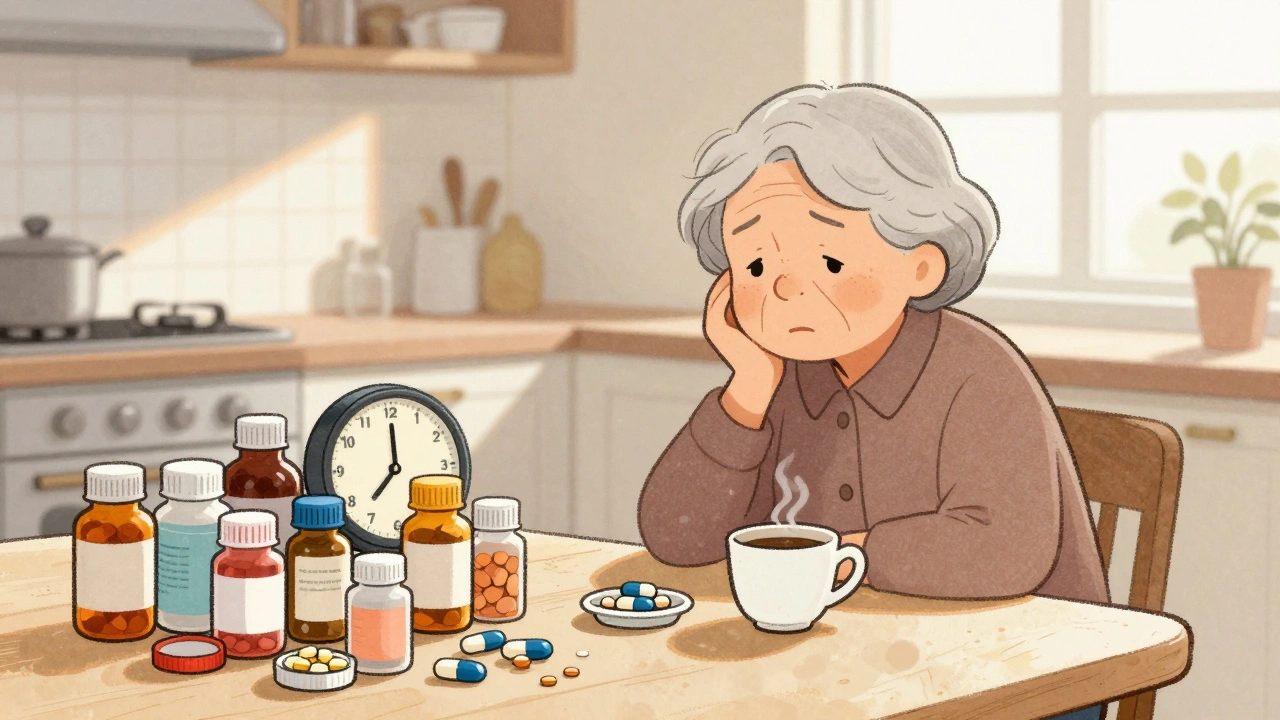Dry Eye – Understanding the Condition and Finding Relief
When dealing with dry eye, a chronic lack of sufficient moisture on the eye’s surface that leads to irritation, blurred vision and discomfort. Also known as keratoconjunctivitis sicca, it can affect anyone from office workers staring at screens to seniors with autoimmune issues. The eye’s health hinges on a stable tear film, a thin liquid layer composed of oil, water and mucus that lubricates, nourishes and protects the cornea. When this film breaks down, the ocular surface, the front part of the eye including cornea and conjunctiva, becomes exposed to friction and inflammation.
Dry eye is more common than most people realize, and understanding its triggers is the first step toward relief.
Key factors that drive dry eye
One major driver is meibomian gland dysfunction, the blockage or poor quality of oil‑producing glands in the eyelids that destabilizes the tear film’s outer layer. Without a solid lipid barrier, the watery layer evaporates too quickly, especially in low‑humidity offices or windy environments. Hormonal shifts, certain medications, and systemic diseases like Sjögren’s syndrome also tip the balance. Lifestyle choices matter too: long screen time reduces blink rate, and contact lens wear can interrupt tear spread. Recognizing these contributors helps you target the right treatment.
Treatment options range from simple habits to prescription therapies. Over‑the‑counter lubricating eye drops, artificial tears that replenish the watery component and soothe irritation are often the first line. For more severe cases, doctors may recommend anti‑inflammatory drops, omega‑rich dietary supplements, or procedures that unblock meibomian glands. Environmental tweaks—humidifiers, screen breaks, proper eyelid hygiene—can also restore comfort.
Diagnosing dry eye usually starts with the Schirmer test, which measures tear production, followed by tear osmolarity assessment to gauge dryness severity. Advanced tools like meibography image the meibomian glands, revealing blockages that simple exams miss. These tests create a clear picture of which part of the tear film is failing, guiding personalized therapy.
Looking ahead, new therapies are emerging. Lipid‑based sprays aim to reinforce the tear film’s oily layer, while neurostimulation devices encourage natural tear secretion without medication. Researchers are also exploring anti‑aging eye drops that protect the ocular surface at a cellular level. Staying aware of these developments can help you choose forward‑thinking options when conventional treatments fall short.
Below you’ll find a curated collection of articles that dig deeper into each of these topics—cause breakdowns, step‑by‑step care plans, and the latest advances—so you can pick the approach that fits your daily life.
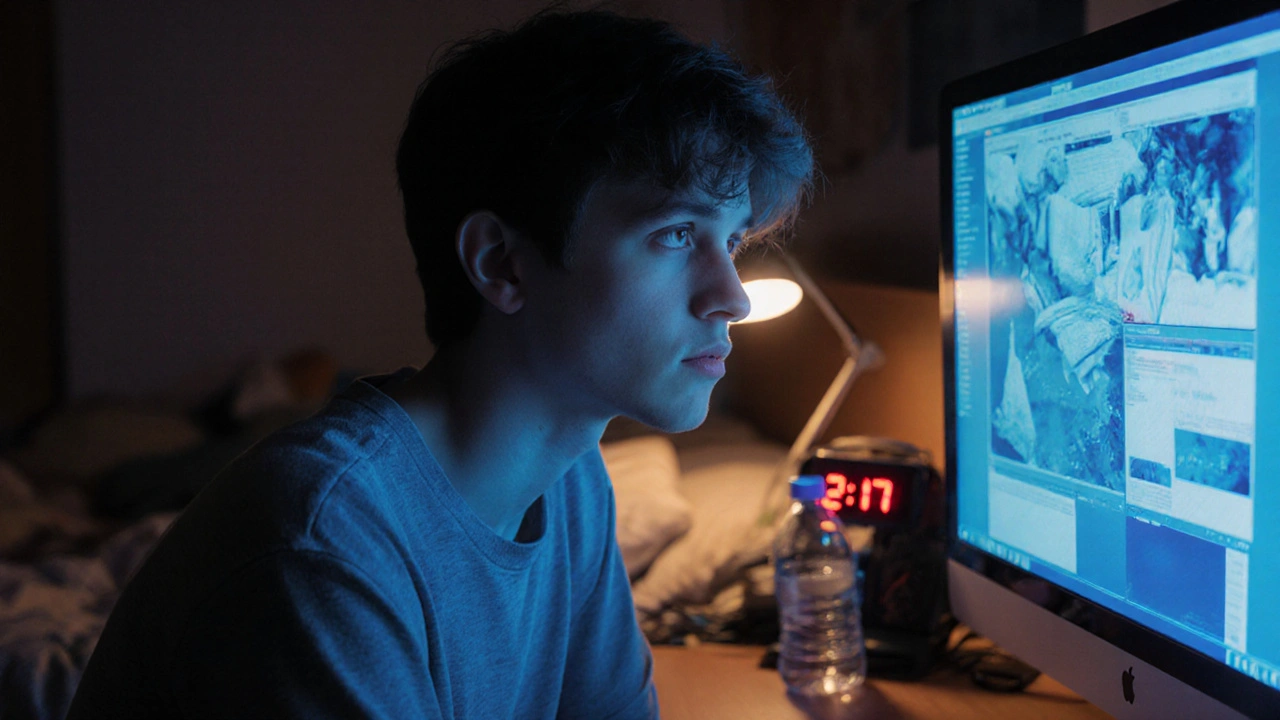
How Sleep Deprivation Causes Red Eyes - What You Need to Know
Discover how lack of sleep triggers eye redness, the biology behind it, and practical steps to soothe and prevent bloodshot eyes.

